New evidence reveals Goodwin Sands shipwreck's secrets
- Published
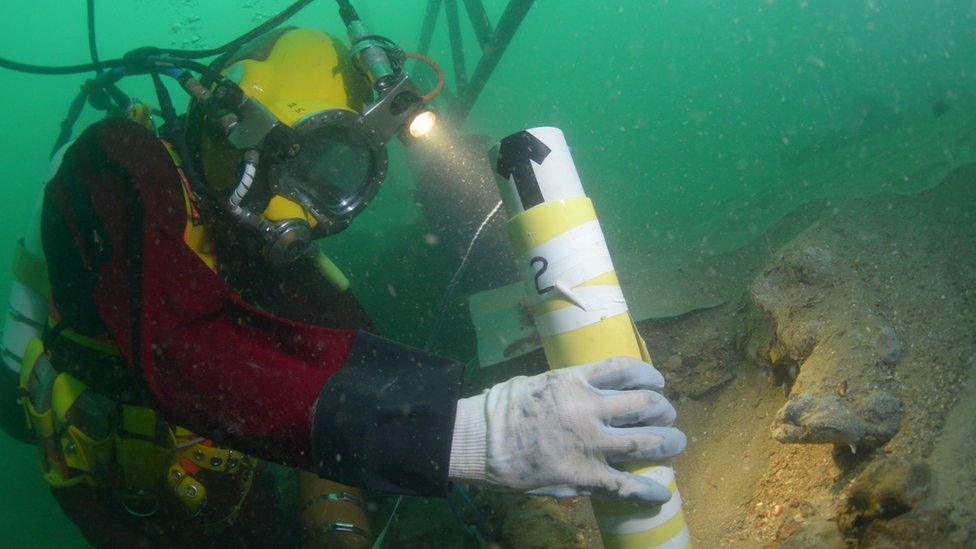
The Rooswijk is being excavated by a team of international divers
Crew members of a ship which sank off the Kent coast more than 275 years ago have been identified.
Researchers used archive documents to name 19 of the 237 shipmen who were on board the Dutch ship the Rooswijk.
Among them were a senior surgeon, a 19-year-old on his first voyage and a sailor who had previously survived a shipwreck.
The vessel, which was carrying coins and silver ingots, sank on Goodwin Sands in January 1740.
More than a thousand vessels are known to have been wrecked on the notorious sandbanks, dubbed "the great ship swallower".
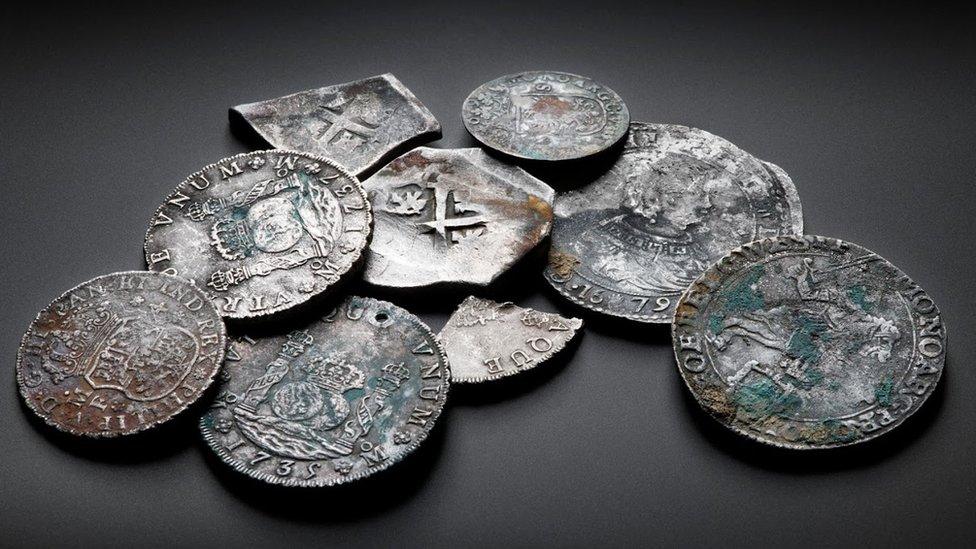
A collection of coins found in the wreck of the Rooswijk
Historic England animation of the Rooswijk sinking
Meanwhile, coins have been recovered from the shipwreck that were not part of the sanctioned cargo.
Archaeologists say this suggests some of the Rooswijk's passengers were carrying silver to trade illegally.
Some coins had holes deliberately made in them - an indication the crew sewed them into their clothes to smuggle to the Dutch East Indies.

Pewter jugs found in the wreck
Shipwreck explored on the Goodwin Sands

You may also be interested in:

The Rooswijk's remains are owned by the Dutch government and managed by Historic England.
An international team of maritime archaeologists are diving, excavating and recording the Dutch East India Company wreck as part of the #Rooswijk1740 project, with open days on 11 and 12 August.

The crew: three of the best
Gerrit Hendrik Huffelman was responsible for medical care on board. He may have come from the city of Hamm.
Thomas Huijdekoper was born in 1721 in the village of Ferwerd. This was his one and only voyage.
Pieter Calmer was originally from Norway. He survived a shipwreck on the Westerwijk at the Cape of Good Hope.
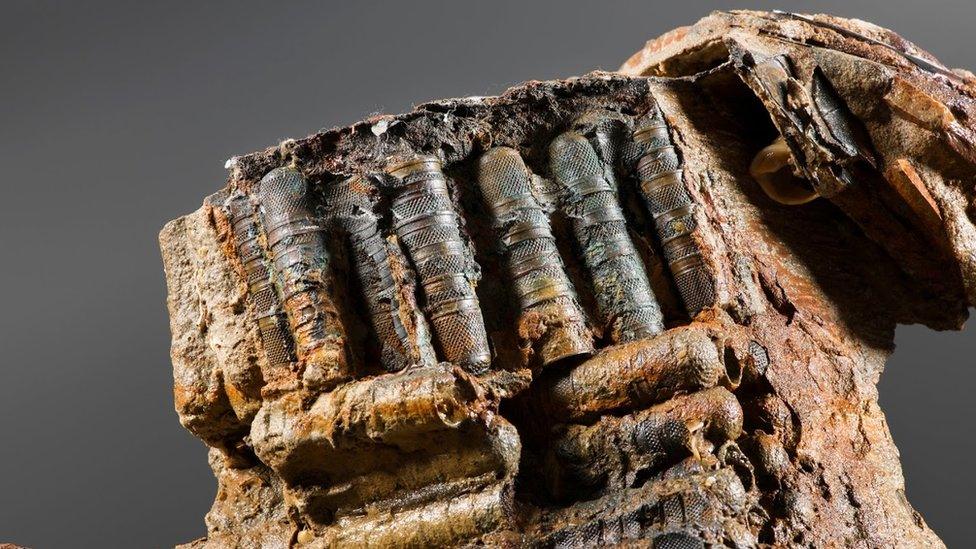
A chest full of thimbles was among some of the personal items found in the shipwreck
Duncan Wilson, chief executive of Historic England, said: "It's extraordinary that after more than 270 years we now know the names of some of the people who may have lost their lives with the Rooswijk. Sea-faring was a dangerous way of life and this really brings it home.
"The revelation that the Rooswijk was used to smuggle silver adds to our understanding of global trade at this time - we shall have to wait and see what else we might discover from this site in the coming months."
- Published18 August 2017
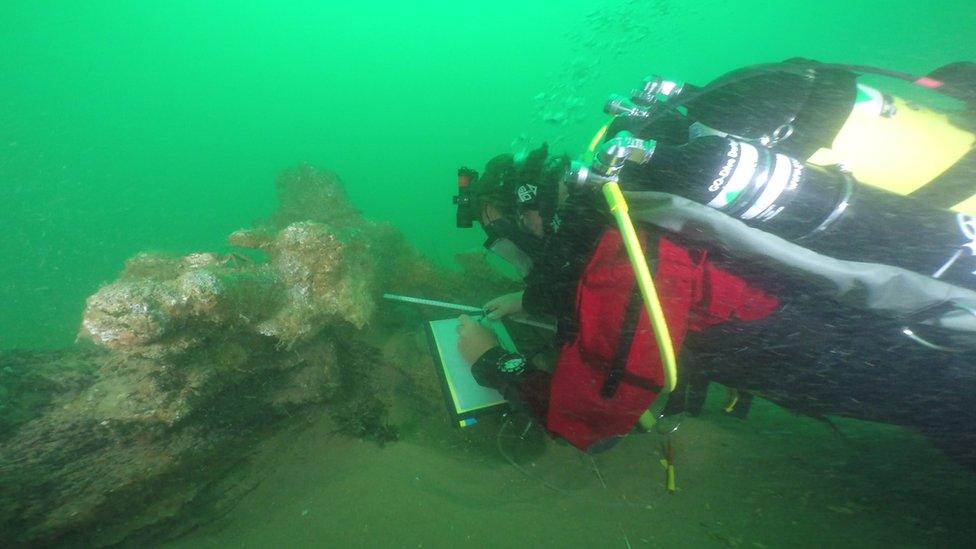
- Published18 August 2017
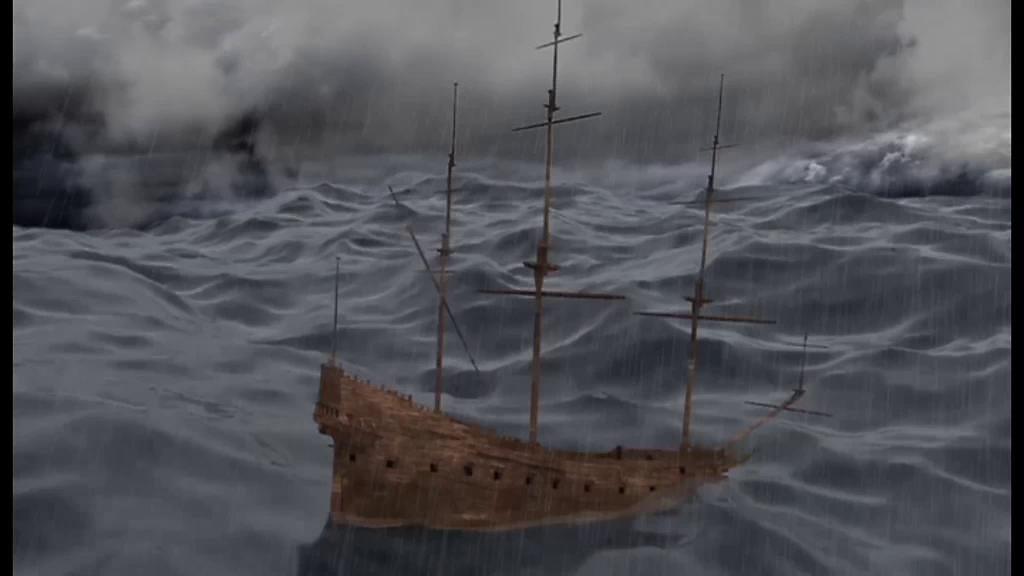
- Published13 September 2016
